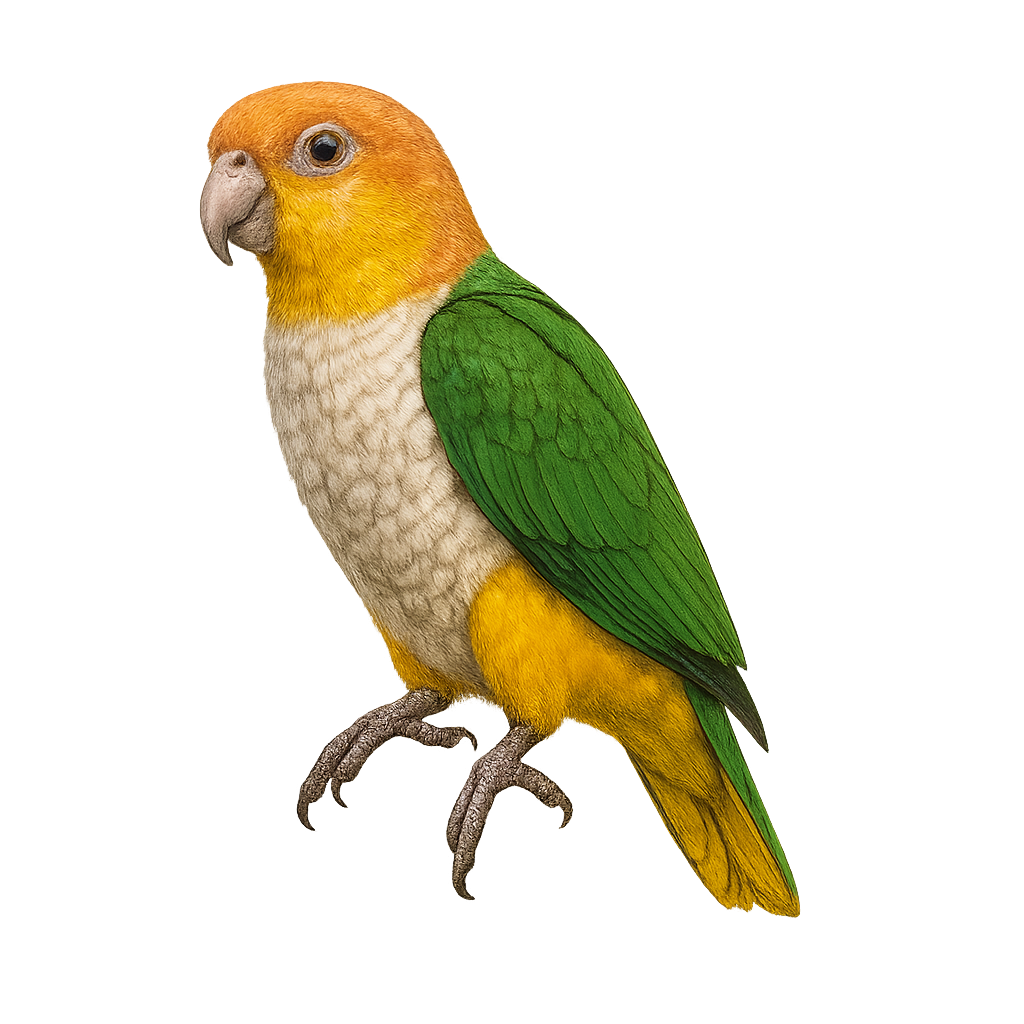Your wildlife photography guide.
Explore the white-bellied parrot in detail, study its behavior, prepare your shots.
Where to observe and photograph the white-bellied parrot in the wild
Learn where and when to spot the white-bellied parrot in the wild, how to identify the species based on distinctive features, and what natural environments it inhabits. The WildlifePhotographer app offers tailored photography tips that reflect the white-bellied parrot’s behavior, helping you capture better wildlife images. Explore the full species profile for key information including description, habitat, active periods, and approach techniques.
White-bellied Parrot
Scientific name: Pionites leucogaster

IUCN Status: Least Concern
Family: PSITTACIDAE
Group: Birds
Sensitivity to human approach: Suspicious
Minimum approach distance: 10 m
Courtship display: October to December
Incubation: 24-26 jours
Hatchings: October to January
Habitat:
Tropical forests, humid forests, forest edges
Activity period :
Primarily active during the day, with peak activity in the morning and late afternoon.
Identification and description:
The White-bellied Parrot is a small, colorful parrot native to the tropical forests of South America, particularly in Brazil, Bolivia, and Peru. It is characterized by its bright green plumage, white belly, and orange head. This parrot is known for its playful and curious behavior, often seen climbing and swinging in trees. It typically lives in small groups and feeds mainly on fruits, seeds, and flowers. Although sociable, it can be territorial towards other birds. The White-bellied Parrot is appreciated for its ability to mimic sounds and its affectionate nature towards humans.
Recommended lens:
400 mm – adjust based on distance, desired framing (portrait or habitat), and approach conditions.
Photography tips:
To photograph the White-bellied Parrot, it is advisable to use a telephoto lens of at least 400mm to capture precise details of its colorful plumage. Approach slowly and discreetly to avoid scaring it, maintaining a safe distance of about 10 meters. Opt for times of the day when natural light is soft, such as early morning or late afternoon, to achieve well-lit shots. Be patient and wait for it to perch on an open branch for better composition.
The WildlifePhotographer App is coming soon!
Be the first to explore the best nature spots, track rutting seasons, log your observations, and observe more wildlife.
Already 1 431 wildlife lovers subscribed worldwide

